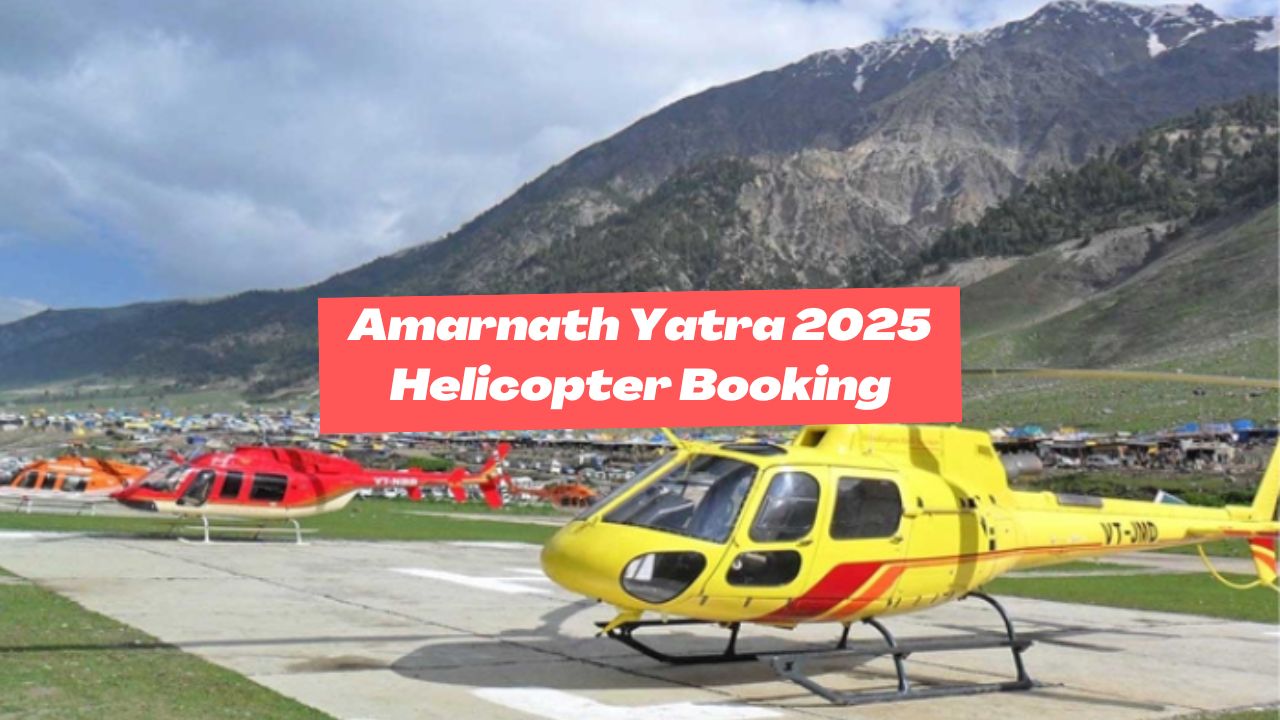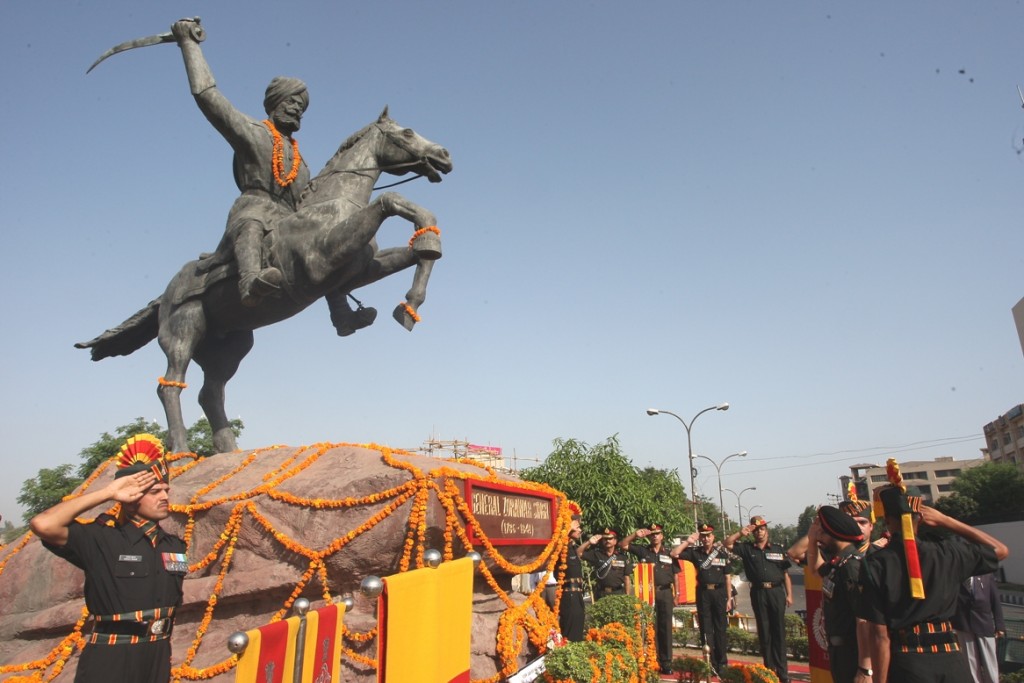In a major development that will significantly change the travel dynamics for devotees of Lord Shiva, the Shri Amarnathji Shrine Board (SASB) has officially announced that there will be no helicopter services for the Amarnath Yatra 2025. The decision comes after the Government of Jammu and Kashmir declared the entire yatra route as a ‘No-Flying Zone’ through Order No. 316–HOME (ISA) of 2025, issued on June 16, 2025.
As per the directive, pilgrims intending to visit the Holy Cave Shrine from South Kashmir’s Pahalgam or North Kashmir’s Baltal must now do so on foot, by ponies, or in palkis (palanquins). The order takes effect from July 1 to August 10, 2025, covering the full duration of the annual yatra.
This unexpected but impactful announcement has sparked nationwide attention—raising questions about the security reasons, logistics, and the spiritual and environmental implications of the move. In this comprehensive article, we dive into what this means for pilgrims, why it was implemented, how it will affect the pilgrimage, and what alternatives are available.
Helicopter services have historically made the journey accessible to:
- Senior citizens
- People with disabilities
- Time-constrained devotees
- VIPs and medical emergencies
Government Order Explained: Why Is There a Helicopter Ban?
The Government Order No. 316–HOME (ISA) of 2025 has classified all Amarnath Yatra routes as “No Flying Zones” from July 1 to August 10, 2025. This includes:
- Pahalgam Axis
- Baltal Axis
- The vicinity of the Holy Cave Shrine
The Lt Governor’s Office, which heads the Shri Amarnathji Shrine Board, implemented the order citing security and safety as the primary reasons.
Read also : Amarnath Yatra Temperature Guide, Safety Tips & Pilgrimage Timeline
Potential Reasons for the No-Fly Decision:
- Security Threats: Rising terror threats and surveillance risks may have triggered the move to minimize high-profile targets in sensitive zones.
- Airspace Regulation: Increased drone activity and defense exercises in the area could have made it unsafe for private helicopter operations.
- Environmental Concerns: Helicopters contribute to noise pollution, affect wildlife, and disrupt the serenity of the pilgrimage.
- Over-Reliance on Air Travel: The authorities may want to restore the traditional essence of the Yatra—emphasizing penance, endurance, and spiritual discipline.
- Infrastructure Review: Possibility of temporary suspension for future upgrade of helipads, service routes, and flight coordination.
SASB Official Notice Highlights
The Shri Amarnathji Shrine Board’s official website published the update, stating:
“Competent Authority has, vide Government Order No. 316–HOME (ISA) of 2025, dated June 16, 2025, declared all routes of the Shri Amarnathji Yatra—including both the Pahalgam and Baltal axes—as a ‘No Flying Zone’ from July 1 to August 10, 2025. Consequently, helicopter services for pilgrim travel shall not be available in the Yatra area during Shri Amarnathji Yatra (SANJY) 2025.”
It further added:
“Pilgrims may reach the Holy Cave Shrine on foot or avail the services of ponies and palkis throughout the Yatra.”
Read also: History of Amarnath Cave: Sacred Shrine of Shiva in the Himalayas
How Will This Affect Pilgrims?
1. Increased Travel Time
- Helicopters allowed the journey to be completed in minutes.
- Now, the trip will take multiple days, depending on physical fitness and weather.
2. Senior Citizens & Disabled Pilgrims Affected
- Those who depended on helicopters due to age or medical conditions will now have to:
- Reconsider participation
- Hire palkis or ponies
- Possibly postpone or cancel their plans
3. Medical Emergencies
- Helicopters were critical for emergency evacuations.
- Authorities will now have to strengthen on-ground medical response units, ambulances, and remote support systems.
Alternatives Available for Pilgrims
Since helicopter travel is unavailable, here’s how pilgrims can prepare:
✅ 1. Palki Services
- Carried by porters; suitable for elderly or unfit individuals.
- Expensive but reliable for uphill travel.
✅ 2. Ponies
- More affordable and faster than walking.
- Recommended for mid-age groups with mild medical restrictions.
✅ 3. On Foot
- For able-bodied pilgrims.
- Requires physical preparation, especially due to the altitude and weather.
✅ 4. Group Yatra Packages
- Many tour operators offer group arrangements, including:
- Tent stays
- Food services
- Porter coordination
Tips to Prepare for Amarnath Yatra 2025 Without Helicopters
- Start Training Now: Prepare by walking 5-10 km daily, uphill if possible.
- Medical Check-up: Especially for those above 50 or with pre-existing conditions.
- Book Early: Reserve pony or palki services ahead of time to avoid high prices.
- Acclimatization: Plan to stay a day or two in Pahalgam or Baltal before starting the climb.
- Carry Essentials: Thermal wear, waterproof shoes, dry fruits, first-aid kits, and oxygen cylinders if needed.
Expert Reactions and Public Sentiment
Devotee Voices
- Some pilgrims feel that the “real spiritual experience lies in the trek”.
- Others argue that elderly and disabled devotees are being excluded.
Religious Leaders
- Many saints and sadhus welcomed the move as returning to the spiritual roots of the Yatra.
Tour Operators
- Concerned over drop in VIP bookings and potential loss of income.
Security Experts
- Applauded the proactive step to minimize vulnerabilities in a sensitive zone.
Environmentalists Hail the Move
Environmental groups have long campaigned against helicopter activity in the ecologically sensitive Amarnath valley. The ban will:
- Reduce noise pollution
- Prevent glacier melting acceleration
- Help preserve flora and fauna
This could become a model for other eco-sensitive pilgrimages across India.
Is the Ban Temporary or Permanent?
As of now, the ban is specific to SANJY 2025. However, depending on the:
- Outcome of this year’s Yatra
- Security situation
- Pilgrim feedback
- Environmental data
Authorities may choose to extend, modify, or permanently implement the no-fly policy for future yatras.
The Amarnath Yatra has always symbolized devotion, endurance, and divine connection. The removal of helicopters, though challenging for many, reintroduces the spirit of simplicity and spiritual intensity that defines this holy journey.
Let us embrace this change with understanding, prepare wisely, and keep the flame of devotion burning as we walk through the paths once tread by sages, sadhus, and millions of devotees before us.



















